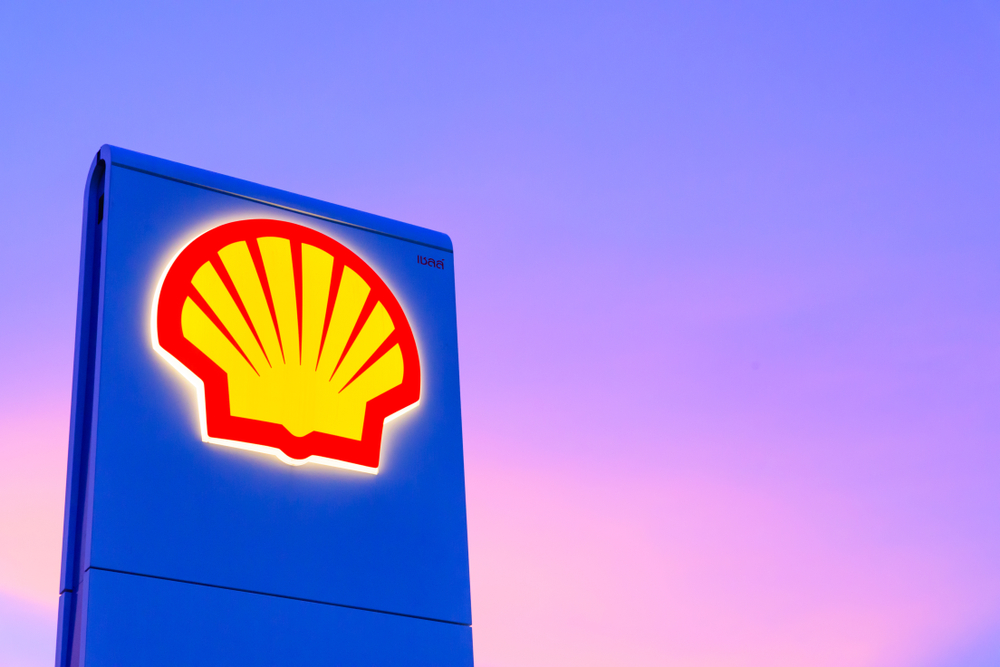
Sinopec and Royal Dutch Shell are two of the top five largest oil and gas companies in the world by revenue.
Oil and gas is often painted as the dirtiest sector within the energy industry and has come under intense scrutiny over the past few years for its role in polluting the atmosphere.
But, in a bid to clean up the economy, major companies have started to invest in renewable technologies as they expand their portfolios to cater to environmentally conscious investors.
Those efforts, however, have been hampered over the past year by the coronavirus pandemic, which has had a dramatic impact on producers following a drastic drop in energy demand.
Here, NS Energy profiles the top five largest oil and gas firms, based on the 2020 Fortune Global 500’s revenue figures.
Five largest oil and gas companies in the world in 2019
1. Sinopec
China Petroleum and Chemical Corporation, also known as Sinopec, is one of China’s three state-owned oil companies.
The Beijing-headquartered firm, which was founded in 2000, is the second-largest company behind US retailer Walmart and the largest oil and gas firm in the world by revenue, after recording a whopping $407bn at the end of the 2019-20 fiscal year.
The early implications of the coronavirus pandemic had a significant impact on producers in China, where the first cases of the virus were recorded in December 2019 and stringent government lockdown measures were imposed.
As a result, Sinopec’s profits fell by more than 16% in 2019-20 to $6.8bn.
2. China National Petroleum
China National Petroleum is the state-owned parent company of PetroChina – the country’s second-largest oil producer.
Having brought in $379bn in revenue, China National Petroleum is also the second-largest oil and gas firm in the world.
The Beijing-headquartered firm, which was founded in 1988, brought in $4.4bn in profits in 2019-20.
It currently holds assets in 30 countries around the world.
3. Royal Dutch Shell

Royal Dutch Shell, which was founded in 1907 and is headquartered in The Hague, Netherlands, is the third-largest oil and gas firm.
The Anglo-Dutch multinational has recorded $352bn in revenue and is regarded as one of the “supermajors” – a term used to describe the world’s six largest publicly traded oil and gas firms.
Following weaker oil prices, Shell’s profits were down by more than a third in 2019-20 to $15.8bn.
Over the past few years, the company has expanded its portfolio by purchasing renewable energy assets such as UK-based electricity and gas provider First Utility, and Europe’s largest electric vehicle charging company NewMotion.
Shell is aiming to become a net-zero emissions business by 2050.
4. Saudi Aramco
Saudi Aramco is the state-owned oil company of Saudi Arabia and is the fourth-largest oil and gas company by revenue, after bringing in $330bn.
The Dhahran-headquartered firm, which was founded in 1933, has the world’s second-largest proven crude oil reserves – more than 270 billion barrels – and is the largest daily oil-producing company.
In December 2019, Saudi Aramco’s shares began trading on the Saudi Stock Exchange, where it became the largest initial public offering (IPO) in the world at the time, raising $25.6bn.
The company recorded $88bn in profits in 2019-20.
5. BP
BP, short for Beyond Petroleum, is the fifth-largest oil and gas company in the world. Due to weak oil prices, its revenue fell by 7% in 2019-20 to $283bn.
The British oil giant, which is regarded as one of the supermajors, suffered a 57% drop in profits in the latest fiscal year to $4bn.
The London-headquartered firm was founded in 1909 and has operations across 80 countries around the world.
Having previously been the first oil major to commit significant capital to renewable energy projects, BP outlined its plan in February 2020 to reach net-zero emissions by 2050.






